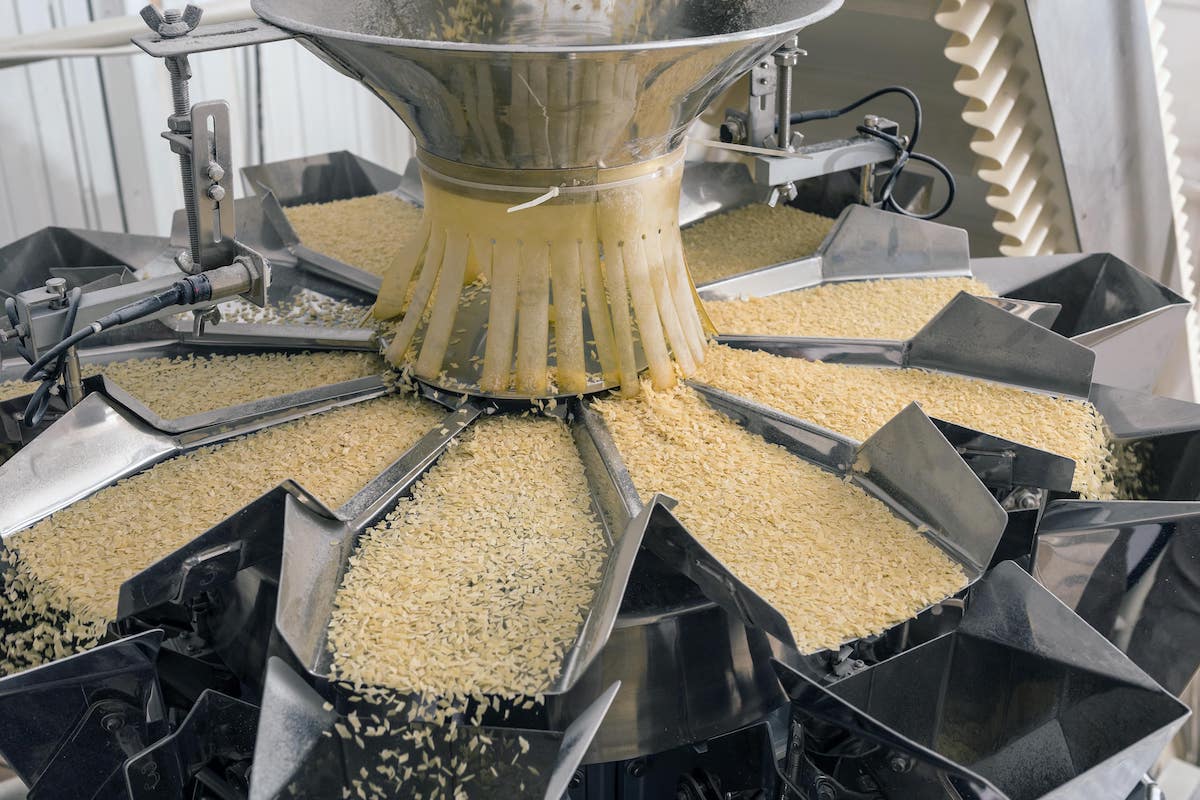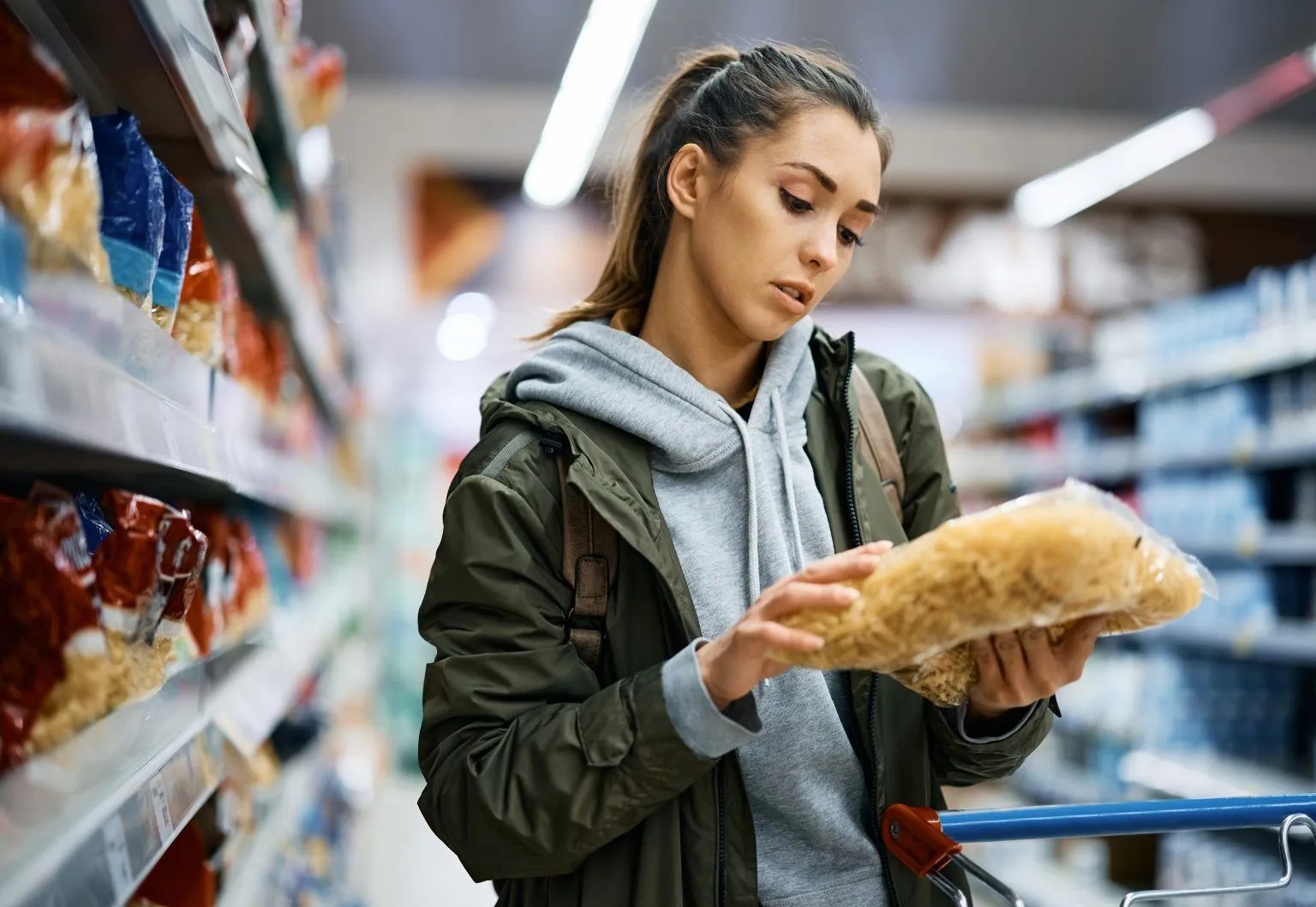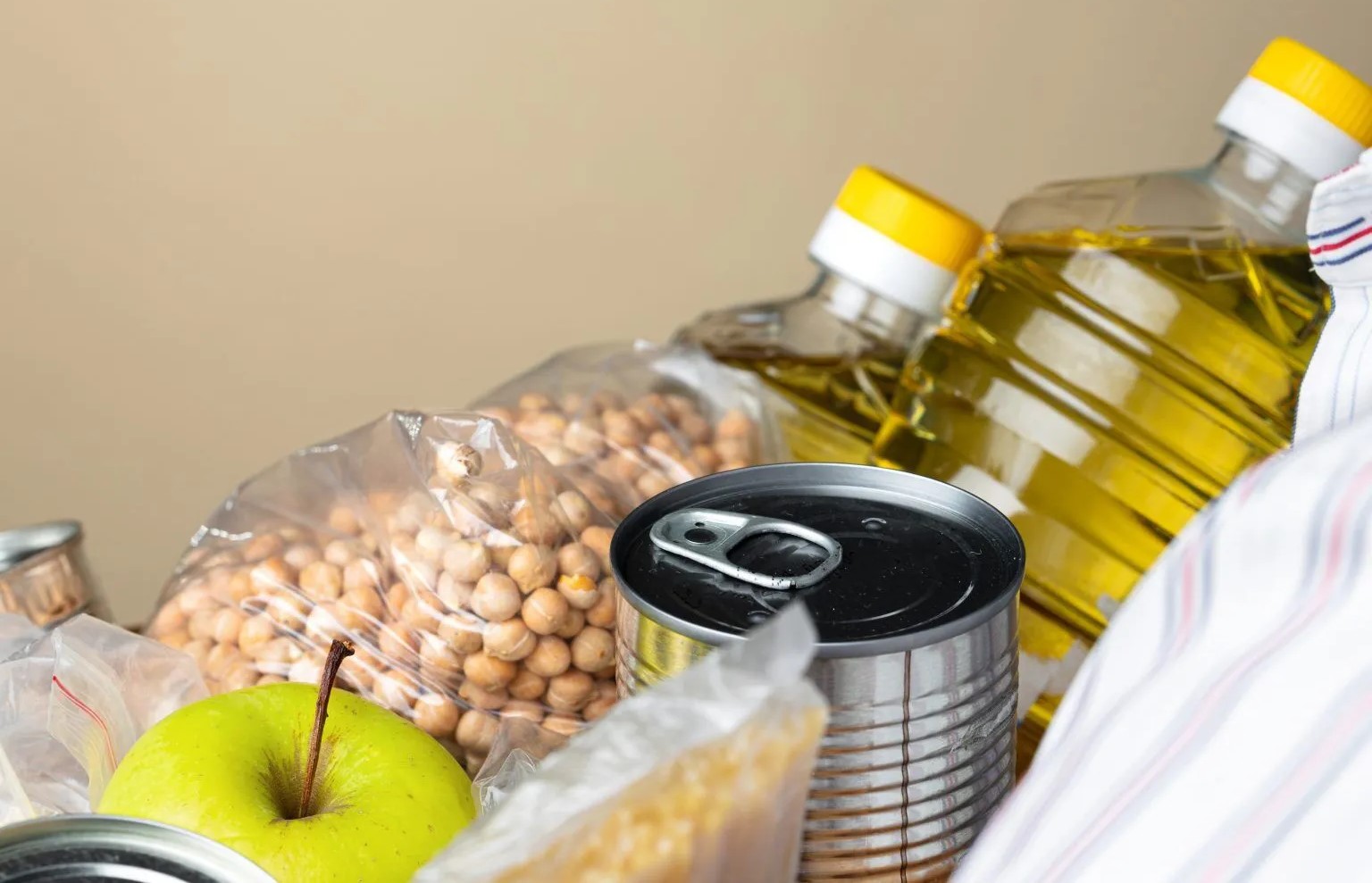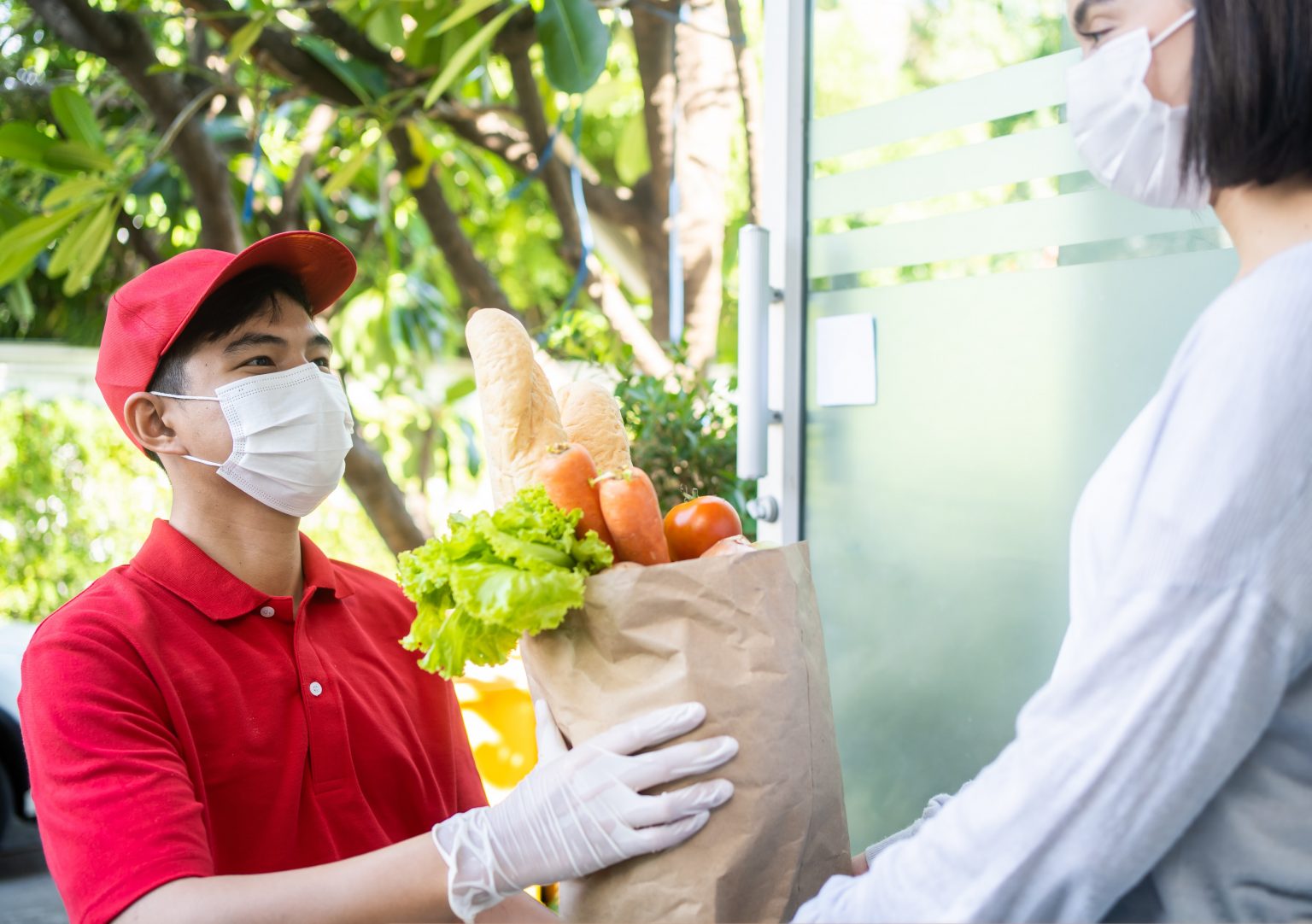Last Updated on September 3, 2024 by Admin
Table of Content
Food fraud is primarily an act of purposely altering, mislabelling, misrepresenting, tampering or substituting food products at any point in the farm-to-table food supply chain. The fraud can take place in the raw material, within an ingredient or even in the final product or within the food packaging system.
So, to find out more about food fraud and create regulations to prevent such issues from taking place, our team from FICSI is the name to consider. Also known as Food Industry Capacity & Skill Initiative, we are known to be a Food Processing Sector Skill Council.
We are a non-profit organisation registered under Societies Registration Act, 1860. Our system is working under the aegis of the Ministry of Skill Development and Entrepreneurship. Our firm has been promoted by the FICCI with financial support from National Skill Development Corporation. Now, we are taking up the responsibility to prevent food fraud to a certain extent.
Useful Resources: Food Allergy Training Online | Haccp Auditor Training | Taccp Plan
The types of food fraud:
Searching the world of the internet will let you come across various types of frauds that exist. They can either appear alone or within a combination in the food fraud. We have listed down some of the most popular ones that you get to see more these days.
• The first one is dilution. It is actually mixing a liquid ingredient of the higher value with the one of lower value.
• Then you have substitution. It is more like replacing an ingredient or even a part of the product of higher value with another item or part of lower value.
• Then concealment is another process of food fraud. It is hiding lower quality food products or ingredients within the list.
• Mislabelling is another option, which will be placing a false claim on packaging for economic gain.
• Grey market production, diversion or theft will be another type of food fraud. It is the sale of excess unreported items.
• Another type of food fraud is counterfeiting. It means copying the name of the brand, recipe, packaging concept and processing method of the food items, mainly for economic gain.
• Finally, you have an unapproved enhancement. It is basically the art of adding undeclared and unknown materials to the food products to enhance the quality attributes.
The most common versions of food fraud:
As per some of the scientists along this channel, the most common source of food fraud will be milk, olive oil, honey, apple and orange juice, grape wine, fish and vanilla extract. Various international organisations like ours, namely FICSI, are working hand in hand to develop trustable methods to analyse the foods first and then determine the frauds.
Training that is needed:
To learn more about food fraud and the solutions, the food processing industry needs talented and skilled individuals with ideas for food defense. That’s when our centre at FICSI comes to the rescue. We provide training modules to help the food processing industry to grow with skilled manpower, profitability and increased productivity levels. We have specialised training programs to help create skilled people to keep food frauds at bay.













